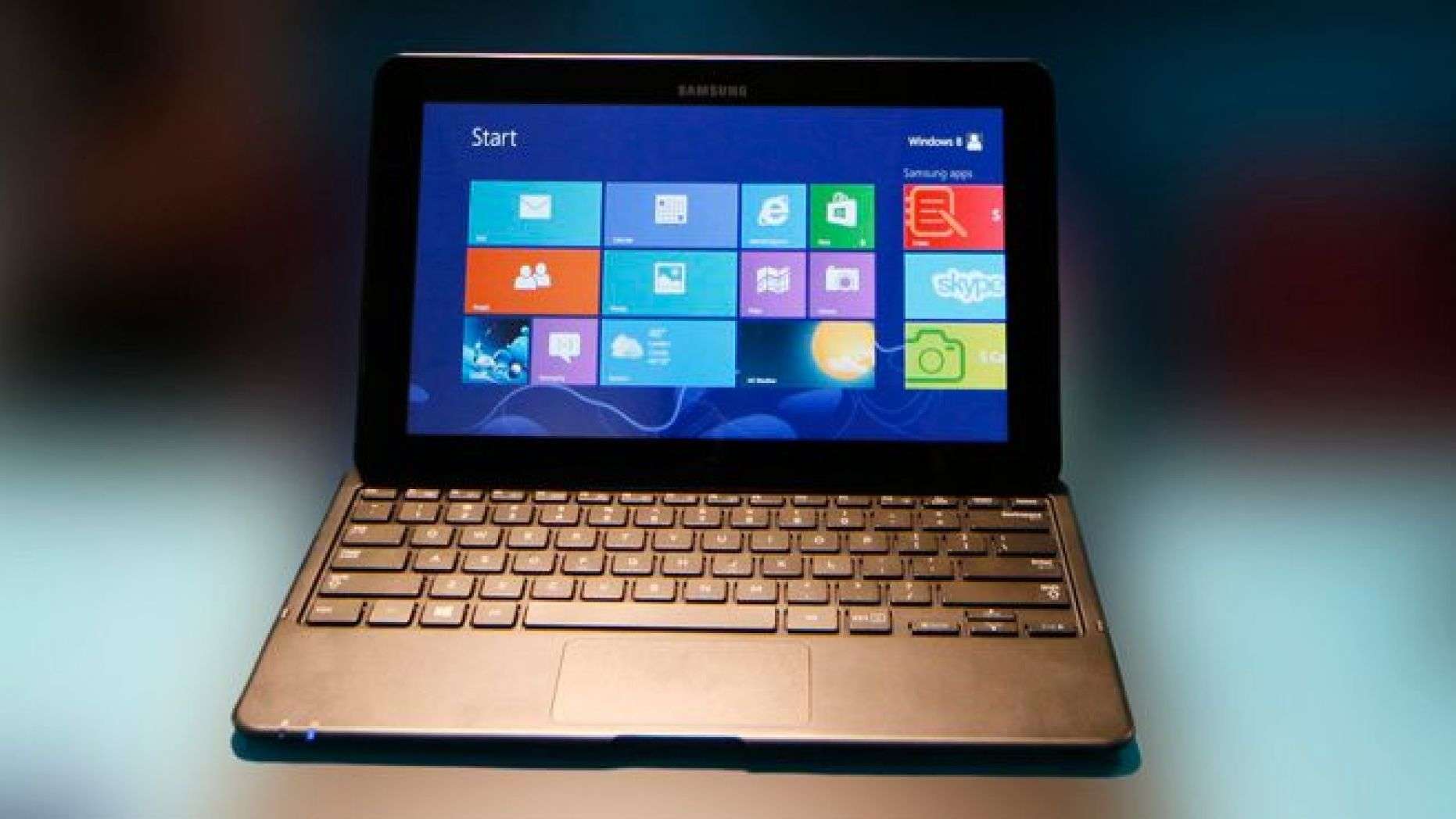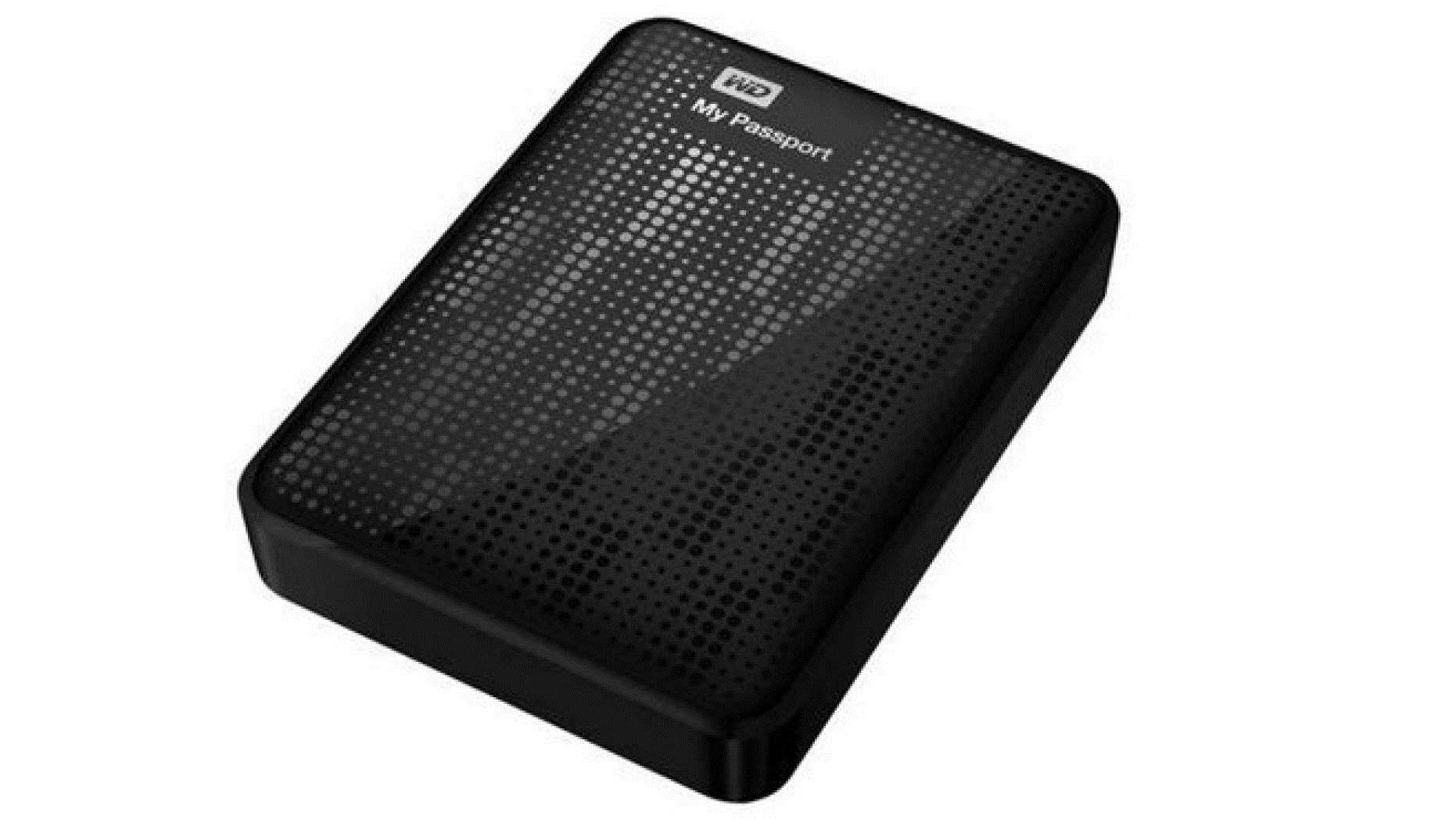How to fix a laggy computer
Assuming your computer has been used for a long time, and is experiencing slowdowns and persistent lag. Refer to the article below to refer to some ways to fix slow and jerky computer errors.
HOW TO FIX SLOW AND LAGGY COMPUTER ERRORS
Method 1: Uninstall Unused Applications
When buying a new computer, the manufacturer can pre-install many programs on it, after a period of use we install other applications again. Most one user never uses all of the apps, and some even never use it. Often these applications can run in the background without our knowledge, and that is also the reason why the computer is slow and laggy.

To fix slow and jerky computer errors, the solution is to uninstall applications that we do not use. To do this, first open Control Panels , then find and click Programs and Features , scroll down the list to find and uninstall applications that you rarely use or never use.
Or if not, you can turn to the help of free third-party apps like PC Decrapifier to uninstall unused applications and fix slow, jerky PC errors.
Download PC Decrapifier to your computer and install it here.
Method 2: Delete Temporary Files
Maybe you do not know, whenever we use Internet Explorer to browse the web, all browsing history will be saved on the computer. This happens similarly when we update the operating system or new application, the old installation files will be saved in the Temp folder, occupying free space, causing the computer to not have enough free space for applications. works properly and causes slow and jerky PC errors.
To fix the error, the solution is to delete these temporary files. To do this, first open This PC (My computer), select the primary drive, then click Windows, find and open the folder named Temp.
Next right-click on the folder, and in the View option choose Details . Once done, select and delete all the old files. Finally, access the Recycle Bin on the desktop to empty the trash again.
Method 3: Install the SSD Hard Drive
If your computer takes a long time to boot, the most likely cause is a faulty hard drive. SSD hard drives use flash memory and can read data faster. So try installing the SSD hard drive and check if the booting process is still slow or not.

Method 4: Increase Hard Drive Capacity
In the event that the hard drive capacity becomes full, it can affect the operating speed of the computer, causing slow and jerky computer errors. If you use your system to perform tasks such as video recording, . the possibility of the hard drive being full is very high. To fix the error, the solution is to increase hard drive free space, using a hard drive with more than 1TB of storage is ideal.

Method 5: Turn Off Programs That Run At The Same System
Whenever you open your computer, some programs and applications will automatically start and run in the background, such as Skype or Spotify, . Programs running in the background will occupy free space and computer space. In case of insufficient free space, some applications may not work properly or the computer is slow, jerky.
To fix these errors, the solution is to turn off the programs that start with the system. To do this, follow the steps below:
First press Windows + R to open the Run window, then type msconfig in it and press Enter to open the System Configuration window. Here you click the Startup tab to see a list of all the applications that run on the system. Uncheck or click on Disable all to turn off programs that start at the same system.
Do not turn off important programs like anti-virus programs.
Method 6: Plant more RAM
If you find that you cannot work on multiple applications at the same time, such as email, or browse the web, or your computer simply crashes when switching between applications. The culprit is because the computer doesn't have enough RAM - the memory the computer uses to run programs. The only solution to fix the error in this case is to implant more RAM.
Method 7: Use Disk Defragment
Here's how to optimize the hard drive on your device. To use Disk Defragment to defragment your hard drive, follow the steps below:
First, access This PC (My computer), right-click the computer's hard drive and select Properties. On the Tools tab you will see the option Defragment Now.
Method 8: Run Disk Clean-Up
Use the system's built-in cleaning tool to clean large files and free up free space on your computer, helping to fix slow and jerky computers.
To do this, on Windows 7, click Start => All Programs => Accessories => System Tools => Disk Cleanup.
Also, readers can refer to the article How to open Disk Cleanup , clean the computer on Taimienphi.vn to know more about how to open Disk Cleanup.
Method 9: Clean the Computer
Dirt and dust can clog the radiator fan's ventilation, causing the computer to overheat, resulting in slow performance. The solution is to periodically clean the computer, but make sure the computer is turned off for at least 30 minutes before cleaning and unplugging all the connected power cords.
Method 10: Buy a New Computer
Finally, if you have been using the computer for a long time, even though you have upgraded the memory and applied all the ways but it does not work, it is time to think about buying a new computer to use it. On the market there are many different types of computers, if only for normal work, you can buy yourself an average computer.
TipsMake's above article has guided you some ways to fix slow and jerky computer errors. If the computer crashes when it boots up forever, please refer to how to fix the error of the computer that crashes at startup here. Good luck.
You should read it
- Why is the computer with strong configuration and still lag in the game?
- How to download Among Us on your computer for free
- Tim Cook predicts a computer with a touch screen failed
- January update makes Windows 10 lag and here is the solution
- Download Smart Defrag Pro 5, the $ 9.99 price defragmentation app, which is free
- How to speed up, use NoxPlayer without lag?
- How to fix slow responsive keyboard errors on Windows 10
- How to fix mouse lag in Windows 11/10
May be interested
- How to fix slow responsive keyboard errors on Windows 10
 are you having trouble using the keyboard because typing is laggy or the keyboard response is very slow? latency when entering information from the keyboard is one of the common problems you encounter when working on windows systems
are you having trouble using the keyboard because typing is laggy or the keyboard response is very slow? latency when entering information from the keyboard is one of the common problems you encounter when working on windows systems - How to fix mouse lag in Windows 11/10
 at times, you may notice that your mouse pointer is laggy. while the reasons for mouse lag can vary, problematic or outdated cursor drivers are the most common causes for this problem.
at times, you may notice that your mouse pointer is laggy. while the reasons for mouse lag can vary, problematic or outdated cursor drivers are the most common causes for this problem. - How to fix weak, laggy, intermittent wifi on laptop?
 using a laptop to work on the internet or watch movies, play games with a weak and unstable wifi network is an extremely uncomfortable feeling. so how to fix the weak wifi situation?
using a laptop to work on the internet or watch movies, play games with a weak and unstable wifi network is an extremely uncomfortable feeling. so how to fix the weak wifi situation? - One UI 5.1 update causes faster battery drain on some Samsung Galaxy models
 the fact that new software updates cause slow, jerky, laggy or battery drain on older devices is not a strange problem in the smartphone world.
the fact that new software updates cause slow, jerky, laggy or battery drain on older devices is not a strange problem in the smartphone world. - How to fix Excel running slow on Windows
 microsoft excel running slow or laggy on your windows computer? don't worry, the following simple ways will help you fix excel running slow on windows .
microsoft excel running slow or laggy on your windows computer? don't worry, the following simple ways will help you fix excel running slow on windows . - How to reduce RAM capacity on Chrome most effectively
 few people know that google chrome is the most ram-eating browser of all time. for computers with weak configurations, using google chrome is a pain because they will be very laggy. software tips will share with you how to reduce the capacity for ram on chrome the most effective.
few people know that google chrome is the most ram-eating browser of all time. for computers with weak configurations, using google chrome is a pain because they will be very laggy. software tips will share with you how to reduce the capacity for ram on chrome the most effective. - Learn to use lesson computer 15 - Keep the computer clean
 in addition to being able to cause cosmetic problems as well as health for us, dirt can potentially damage or even destroy computer components.
in addition to being able to cause cosmetic problems as well as health for us, dirt can potentially damage or even destroy computer components. - Learn to use lesson 9 computer - Set up a computer
 you just bought a new computer, the first thing you have to do is set up your computer to suit your purpose.
you just bought a new computer, the first thing you have to do is set up your computer to suit your purpose. - Learn to use lesson computer 16 - Protect your computer
 what can you do to protect your computer system as much as your important data from potential external threats?
what can you do to protect your computer system as much as your important data from potential external threats? - Self-assembling computers, build desktop computers (P1): Choose hardware
 self-assembling computers can be quite difficult for inexperienced personal users, but not impossible. you want to build your own computer to play games, save money, be curious or simply want to create a computer that suits you. whatever the purpose of building your own computer, this tutorial series will definitely be useful to you.
self-assembling computers can be quite difficult for inexperienced personal users, but not impossible. you want to build your own computer to play games, save money, be curious or simply want to create a computer that suits you. whatever the purpose of building your own computer, this tutorial series will definitely be useful to you.










 How to fix a sideways computer screen
How to fix a sideways computer screen Fast fix computer repair on Windows
Fast fix computer repair on Windows How to prevent blue screen error on Laptop, PC
How to prevent blue screen error on Laptop, PC How to fix WiFi connection error on Windows 10 21H1
How to fix WiFi connection error on Windows 10 21H1 How to fix File Is Open in Another Program error on a Windows 10 computer
How to fix File Is Open in Another Program error on a Windows 10 computer